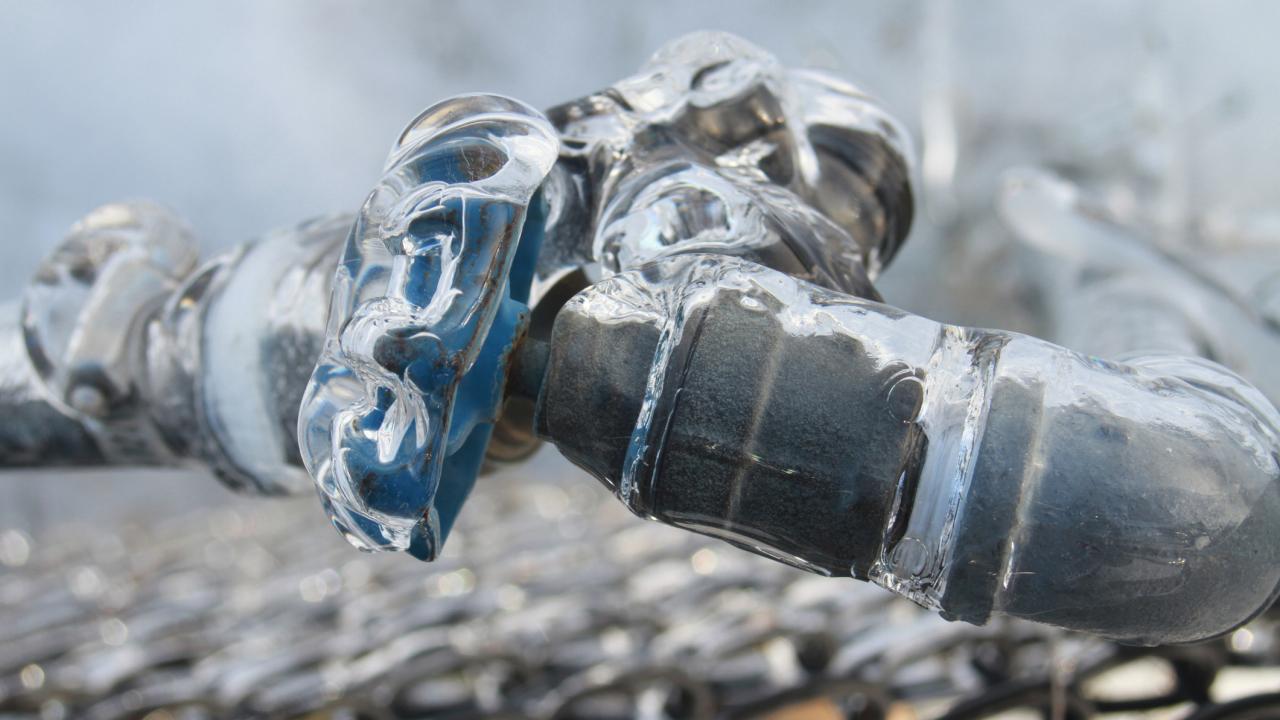Tips to Protect Your Pipes from Cold Weather: Expert Advice
Tips to Protect Your Pipes from Cold Weather: Expert Advice
Blog Article
Are you currently searching for critical info around Helpful Tips to Prevent Frozen Pipes this Winter?

Winter can wreak havoc on your plumbing, specifically by freezing pipes. Right here's just how to prevent it from happening and what to do if it does.
Introduction
As temperatures decrease, the threat of icy pipes rises, potentially bring about costly repair work and water damage. Understanding just how to prevent frozen pipes is critical for property owners in cold environments.
Comprehending Icy Pipelines
What triggers pipelines to ice up?
Pipelines ice up when revealed to temperature levels listed below 32 ° F (0 ° C) for prolonged periods. As water inside the pipelines ices up, it broadens, putting pressure on the pipeline walls and potentially causing them to break.
Threats and damages
Icy pipes can lead to supply of water disturbances, property damages, and expensive repair services. Ruptured pipes can flood homes and create substantial structural damage.
Indicators of Frozen Pipes
Determining icy pipelines early can prevent them from bursting.
Just how to identify frozen pipelines
Search for lowered water flow from faucets, unusual smells or sounds from pipelines, and visible frost on subjected pipelines.
Prevention Tips
Insulating susceptible pipelines
Cover pipes in insulation sleeves or utilize warm tape to secure them from freezing temperature levels. Concentrate on pipelines in unheated or exterior locations of the home.
Home heating strategies
Maintain indoor spaces properly heated, specifically areas with plumbing. Open up cupboard doors to allow cozy air to circulate around pipelines under sinks.
Safeguarding Exterior Pipes
Yard hoses and outside taps
Detach and drain pipes yard hoses prior to winter season. Install frost-proof spigots or cover exterior taps with protected caps.
What to Do If Your Pipelines Freeze
Immediate actions to take
If you suspect frozen pipes, maintain faucets available to relieve stress as the ice thaws. Utilize a hairdryer or towels taken in hot water to thaw pipelines slowly.
Long-Term Solutions
Structural changes
Take into consideration rerouting pipes away from outside walls or unheated areas. Add added insulation to attics, cellars, and crawl spaces.
Updating insulation
Invest in top quality insulation for pipes, attics, and wall surfaces. Appropriate insulation aids keep consistent temperatures and decreases the danger of frozen pipes.
Final thought
Protecting against icy pipelines calls for aggressive procedures and fast reactions. By understanding the reasons, indications, and preventive measures, homeowners can shield their pipes during cold weather.
6 Proven Ways to Prevent Frozen Pipes and Protect Your Home
Disconnect and Drain Garden Hoses
Before winter arrives, start by disconnecting your garden hoses and draining any remaining water. Close the shut-off valves that supply outdoor hose bibs and leave the outdoor faucet open to allow any residual water to drain. For extra protection, consider using faucet covers throughout the colder months. It’s also important to drain water from any sprinkler supply lines following the manufacturer’s directions.
Insulate Exposed Pipes
Insulating your pipes is an effective way to prevent freezing. Pipe insulation is readily available at home improvement stores and is relatively inexpensive. Pay close attention to pipes in unheated areas such as the attic, basement, crawl spaces, or garage. Apply foam insulation generously to create a buffer against the cold. You can also wrap your pipes in heat tape or thermostat-controlled heat cables for added warmth.
Seal Air Leaks
Inspect your home for any cracks or openings that could let in cold air. Seal any holes around the piping in interior or exterior walls, as well as the sill plates where your home rests on its foundation. Additionally, make sure to keep your garage door closed unless you’re entering or exiting. Leaving it open creates a significant air leak that can lead to frozen pipes.
Allow Warm Air Circulation
During cold snaps, it’s essential to allow warm air to circulate evenly throughout your home. Leave interior doors ajar to promote better airflow. Open kitchen and bathroom cabinets to help distribute heat consistently around the rooms. If you have small children or pets, be sure to remove any household chemicals or potentially harmful cleaners from open cabinets for safety.
Let Faucets Drip
A small trickle of water can make a big difference in preventing ice formation inside your pipes. When temperatures drop significantly, start a drip of water from all faucets served by exposed pipes. This continuous flow helps prevent the water from freezing. Additionally, running a few faucets slightly can relieve pressure inside the pipes, reducing the chances of a rupture if the water inside does freeze.
https://choateshvac.com/6-proven-ways-to-prevent-frozen-pipes-and-protect-your-home/

As a serious person who reads on Helpful Tips to Prevent Frozen Pipes this Winter, I think sharing that excerpt was a great idea. Liked our piece of writing? Please share it. Let somebody else find it. I truly appreciate your readership.
Call Today Report this page